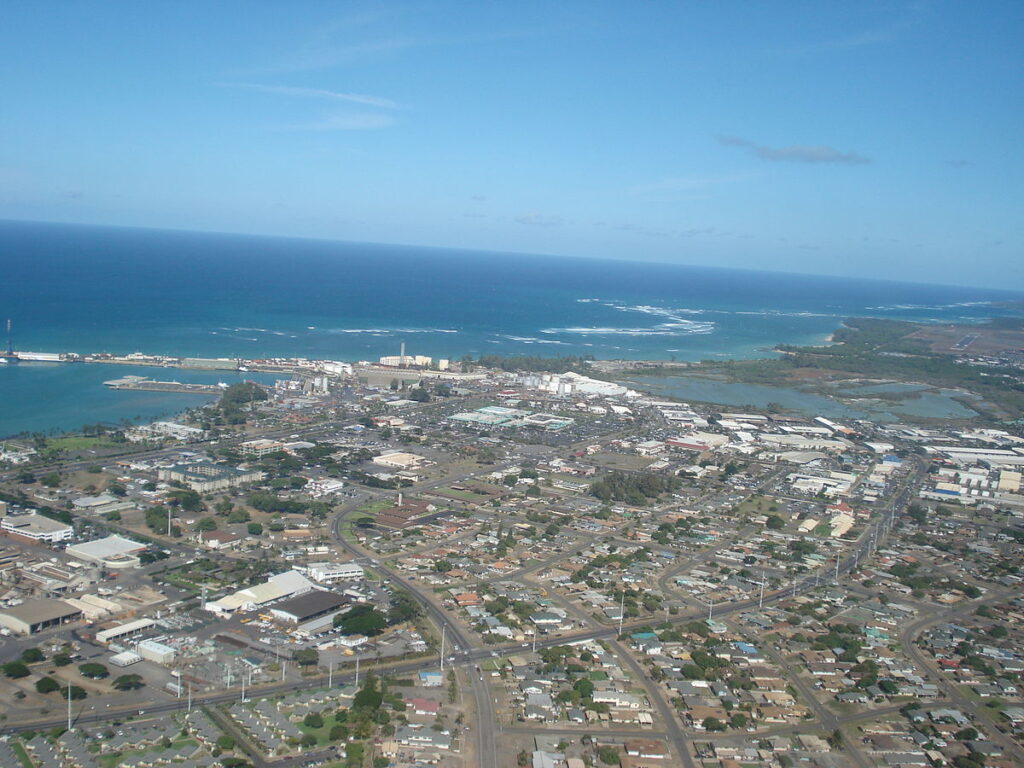
Moving to Kahului, Hawaii: A Comprehensive Relocation Guide
Considering moving to Kahului, Hawaii? This commercial Maui hub offers working-class character, convenient location, and island lifestyle. With approximately 28,000 residents in 2025, Kahului combines practical living with access to Maui’s beaches and the Valley Isle’s most affordable community.
Demographic Profile to Consider If Moving to Kahului:
Kahului’s 2025 population is approximately 28,000 residents in this Maui County city serving as the island’s commercial and transportation hub. The median age is around 38 years, with working families, service industry employees, and local residents. The population is approximately 35% Asian, 30% Two or More Races, 18% White, 12% Native Hawaiian and Pacific Islander, 3% Hispanic. Kahului features Maui’s airport, harbor, big-box retail (Costco, Target, Walmart), industrial areas, and working-class neighborhoods. Unlike resort areas, Kahului serves as Maui’s practical center where locals live and work. The city attracts service workers, families seeking affordability, and those prioritizing function over resort lifestyle. Kahului values working-class character, local community, and serving as Maui’s commercial backbone. Find trusted local services for moving, living, and working in Kahului.Kahului Relocation Directory
Cost of Living to Consider If Moving to Kahului:
Kahului offers Maui’s most affordable housing, though still expensive by mainland standards. Median home values range from $700,000 to $900,000 in 2025, lower than resort areas while providing Maui access. The median household income is approximately $78,000. Rental properties average $2,400 to $3,400 monthly. Hawaii has high excise tax (4.5%). Overall cost of living is very high with expensive groceries (60-80% above mainland), costly gas, and high utilities. Kahului provides relative Maui value for service workers and working families, though costs remain extreme. Housing costs create challenges even at Maui’s most affordable. Many working residents struggle with costs or commute from other areas. The trade-off is practical living versus resort beaches with access to both.
Economy and Job Market:
Kahului’s economy centers on retail, services, transportation, and tourism support. Major employers include retail stores throughout Maui Mall and Queen Kaahumanu Center, Kahului Airport, Kahului Harbor, hotels and restaurants throughout Maui, healthcare facilities, and county government. Many residents work service industry jobs supporting Maui’s tourism. The airport and harbor create transportation employment. Retail serves both residents and tourists. Typical industries include retail, tourism/hospitality, transportation, and services. The economy supports Maui’s tourism while providing housing for service workers. Many residents work multiple jobs. Some commute to resort areas for hospitality employment.
Education:
Hawaii Department of Education operates Kahului schools including Maui High School and elementary schools. School quality varies. The University of Hawaii Maui College provides associate degrees and workforce training. The educational infrastructure serves the working community.
Recreation and Lifestyle:
Kahului offers convenient access to Maui’s attractions while maintaining working-class character. Nearby Kanaha Beach Park provides windsurfing and kitesurfing (world-class conditions). Residents enjoy easy access to all Maui destinations—Road to Hana, Haleakala National Park, resort beaches, and upcountry Maui all within reasonable drives. Maui Arts & Cultural Center presents performances and events. The Harbor provides ocean views and fishing. Residents access big-box retail unavailable elsewhere on Maui. The lifestyle emphasizes practical island living, working-class values, and convenient access to Maui’s beauty without resort prices or tourist crowds in residential areas. The tropical climate enables year-round outdoor activities. The community values working families, local culture, and serving as Maui’s commercial hub. Living in Kahului means choosing affordability (relatively) and function over beachfront living, accepting industrial character for island life, and prioritizing access to employment over resort atmosphere. The central location provides convenient access to all Maui regions.
Healthcare and Services:
Kahului residents access healthcare through Maui Memorial Medical Center providing comprehensive services as Maui’s largest hospital. The medical center serves all of Maui County. Additional clinics and medical offices operate throughout the area.
Transportation:
Kahului Airport (OGG) serves as Maui’s primary airport with extensive mainland and interisland flights. Maui Bus operates routes throughout Central Maui with limited service. Most residents require personal vehicles. Gas is very expensive. Typical commute times to resort areas range 20-40 minutes. Central location provides access to all Maui regions.
Conclusion:
Moving to Kahului in 2025 offers practical Maui living with working-class character, convenient location, and island access. The city’s combination of big-box retail, airport proximity, and Maui’s most affordable housing makes it ideal for service workers, working families, and those seeking Valley Isle lifestyle where function meets affordability and central location provides access to Maui’s beauty from the island’s commercial heart.

